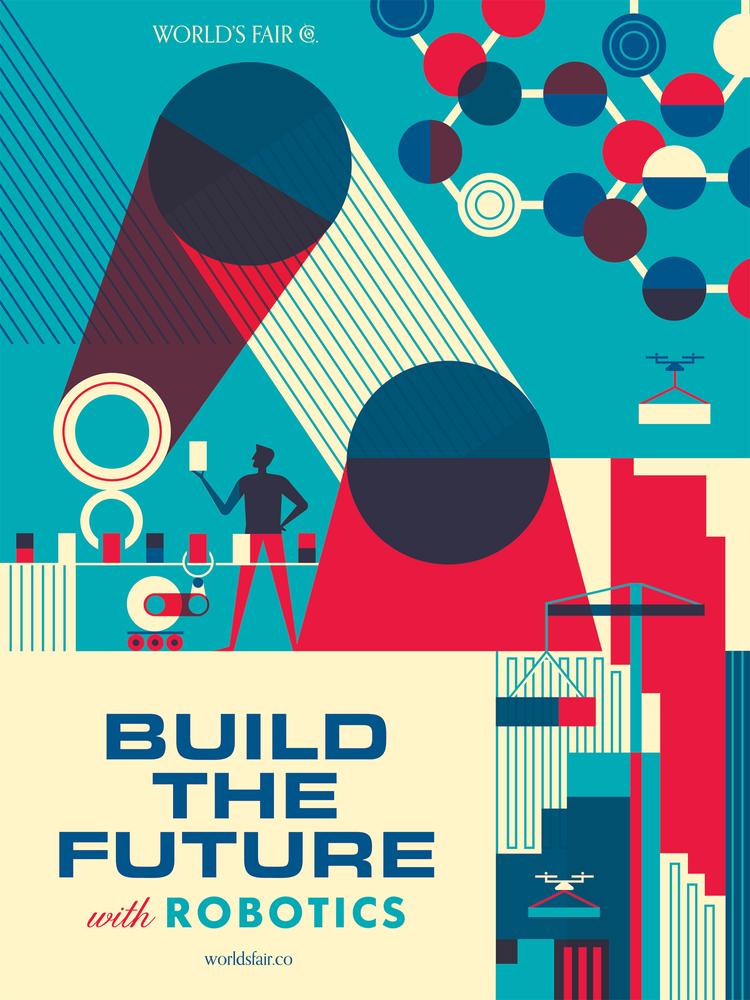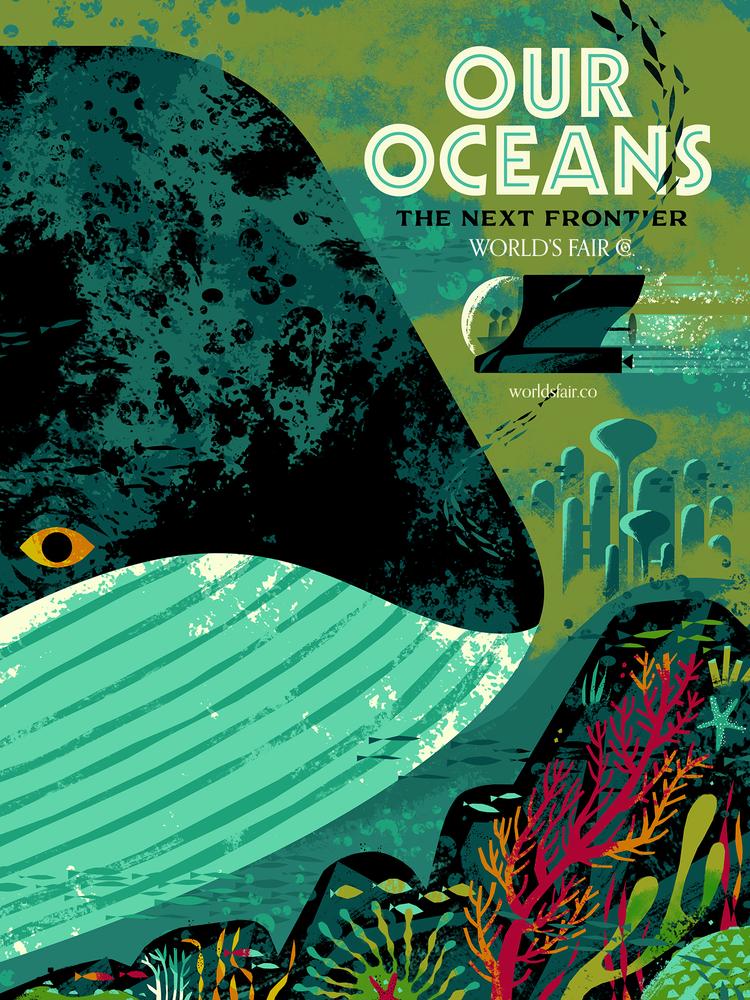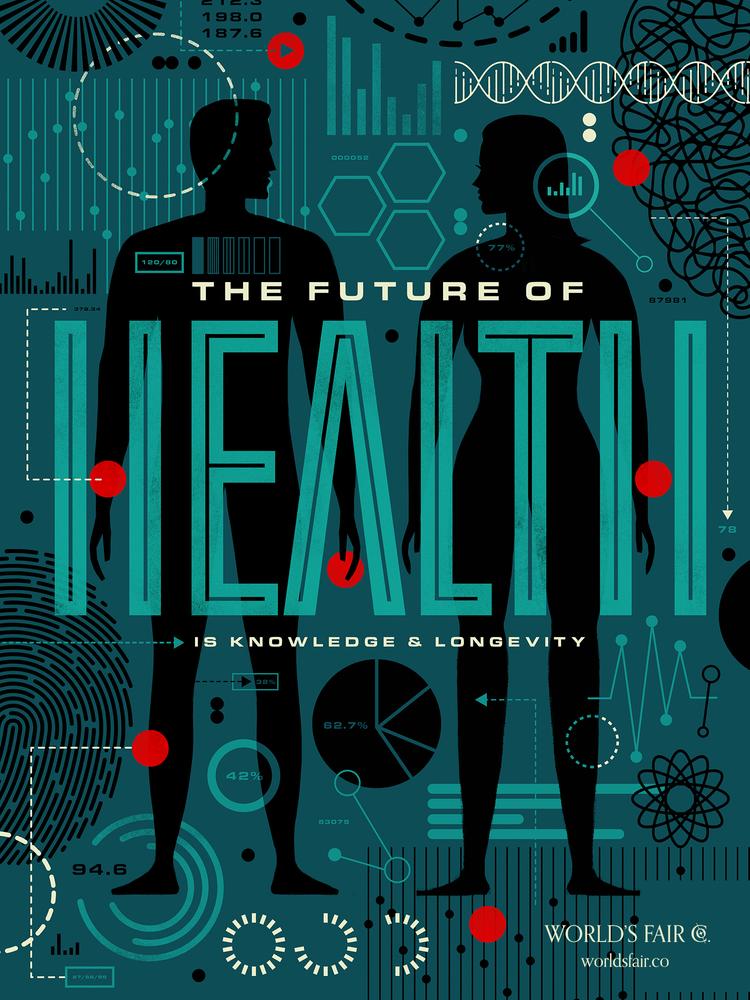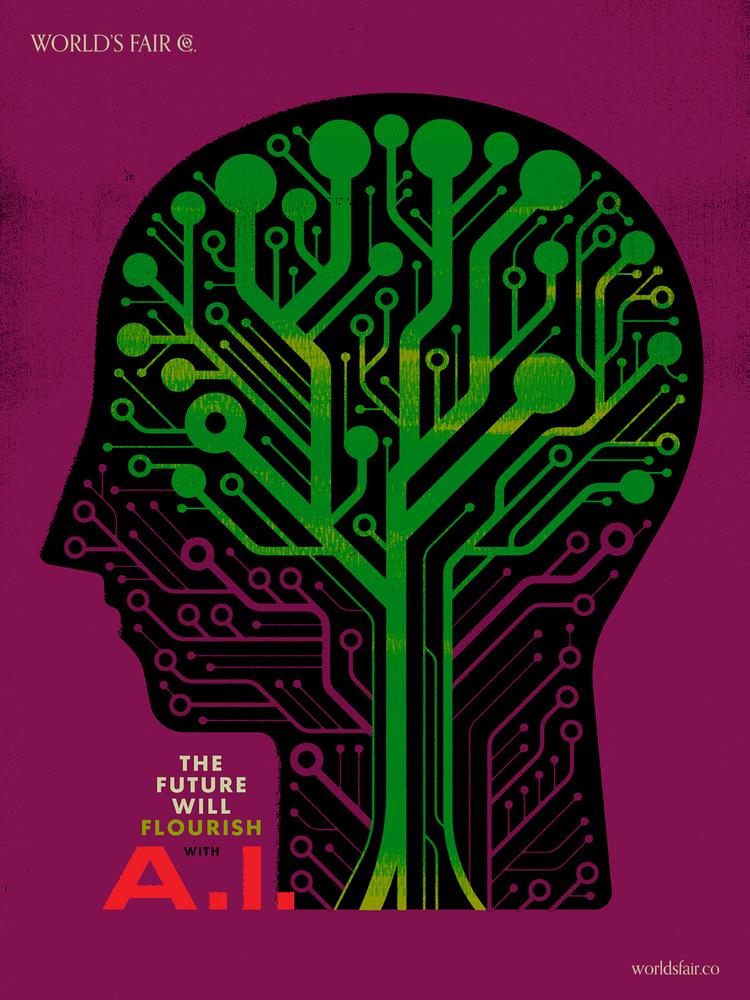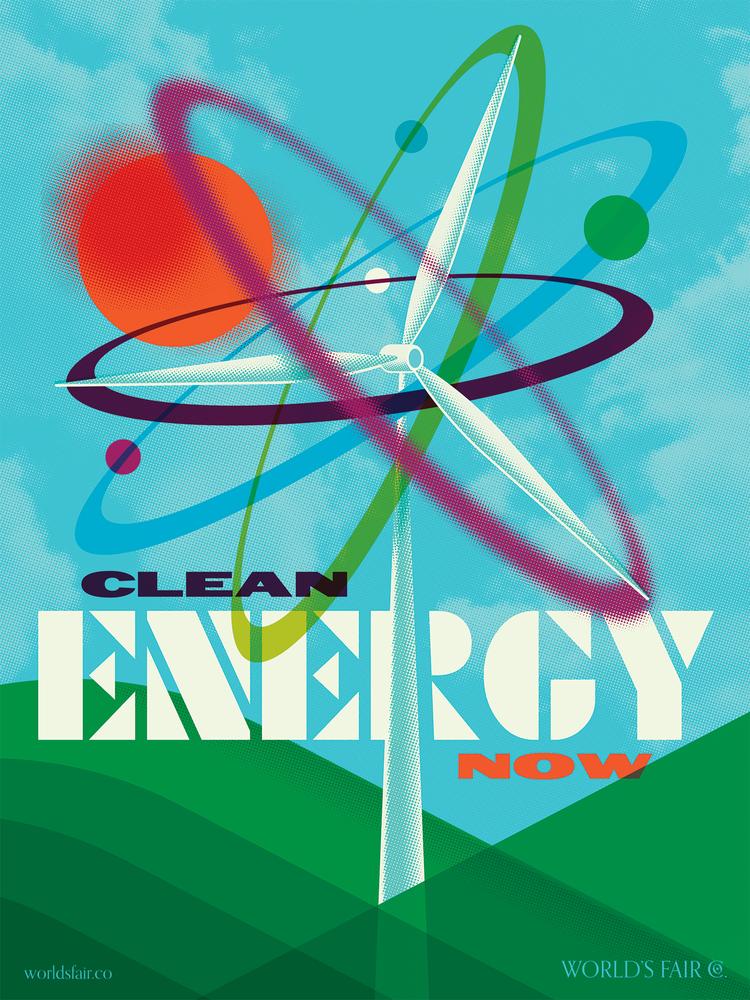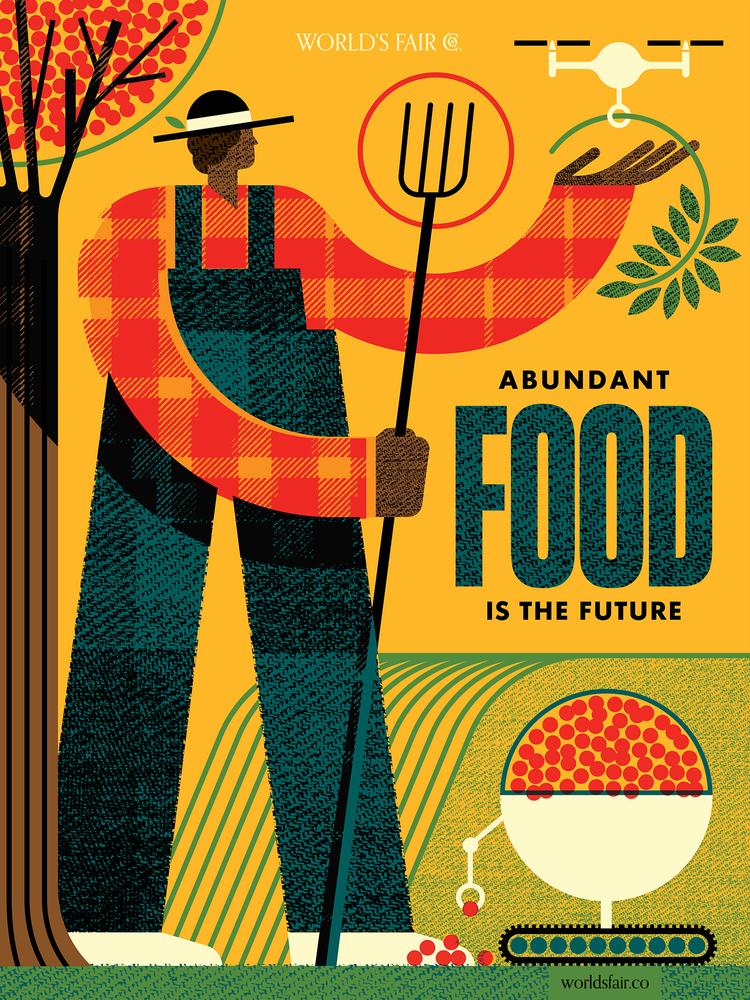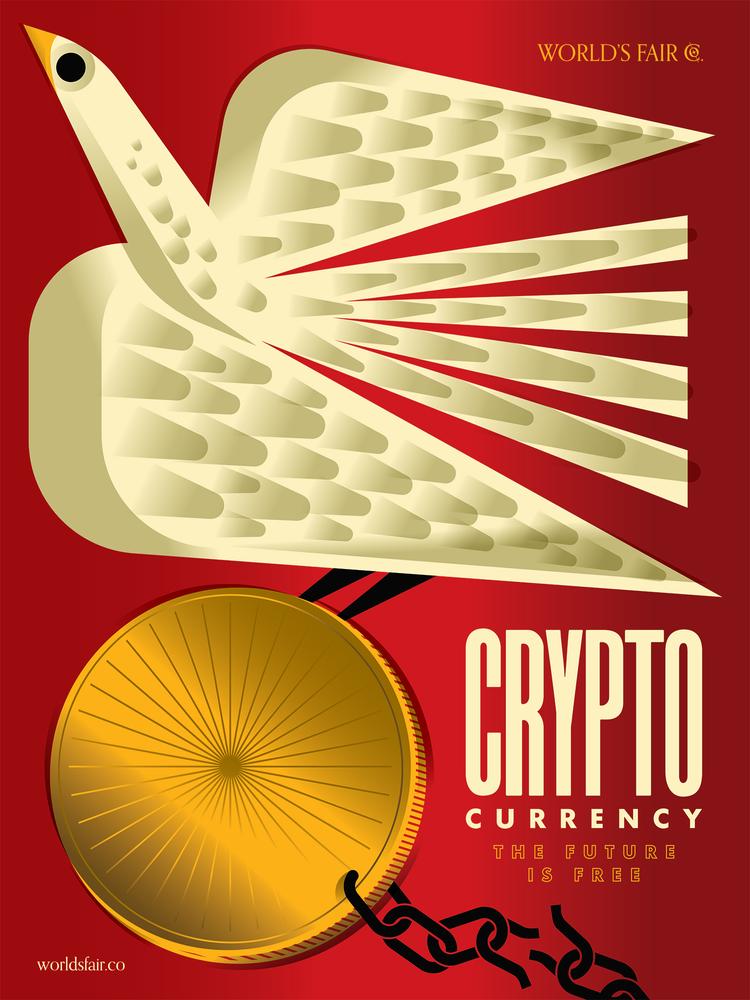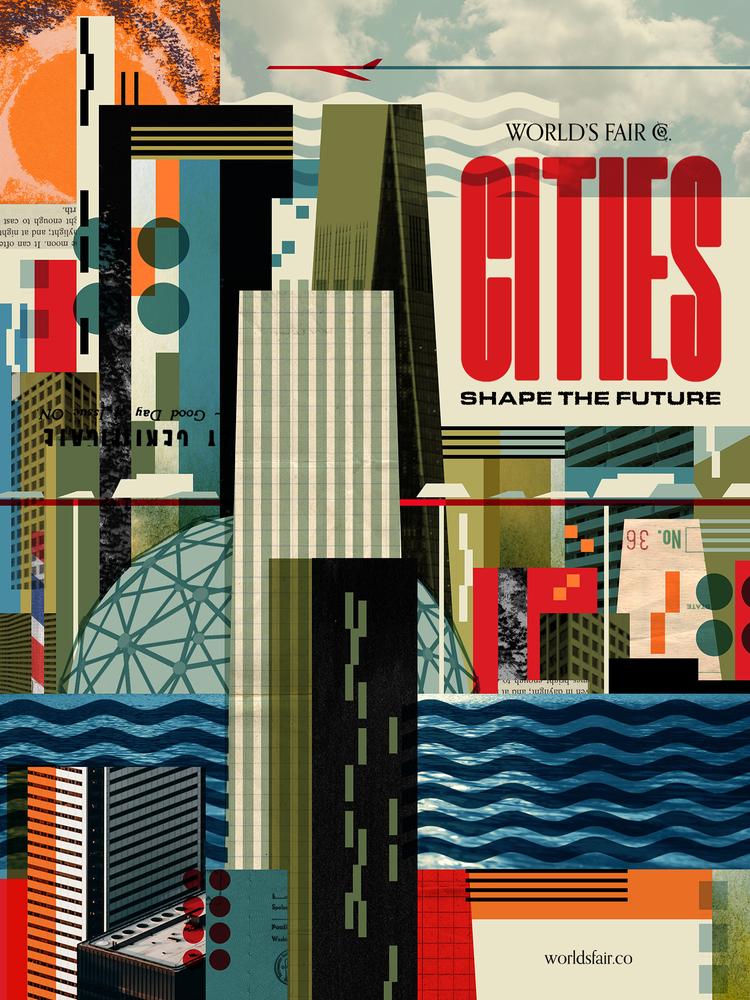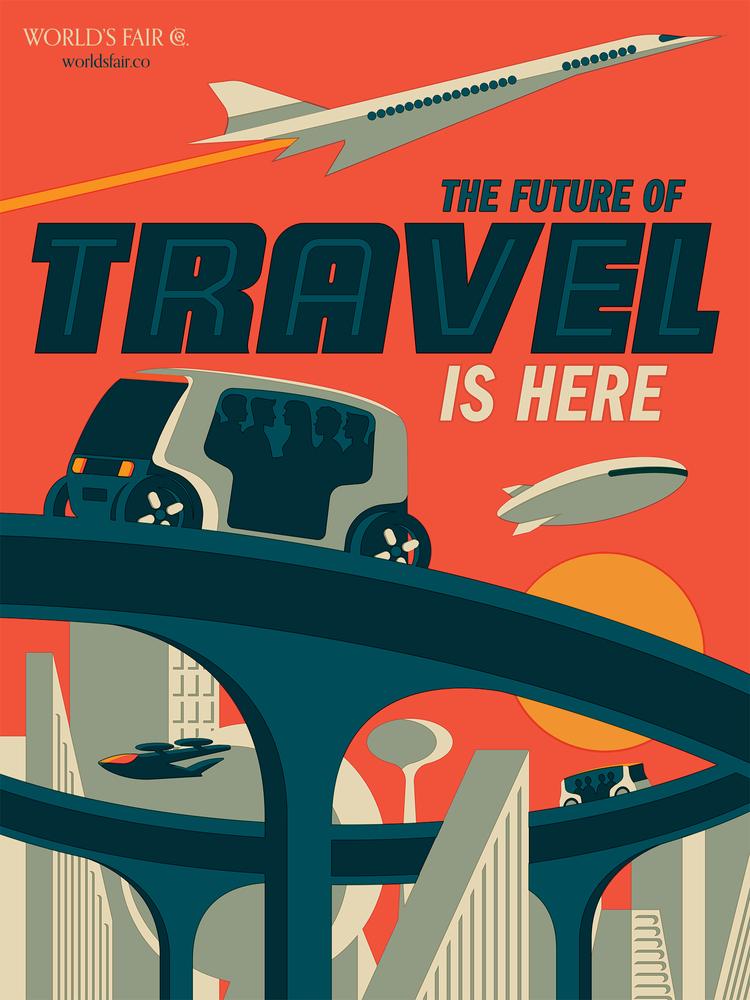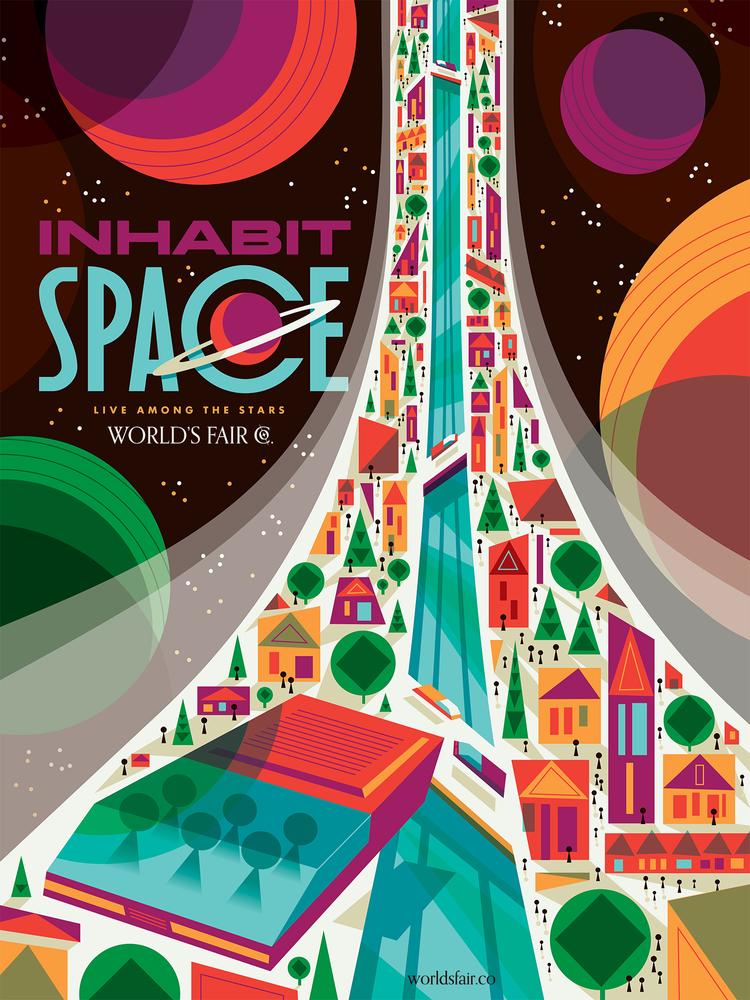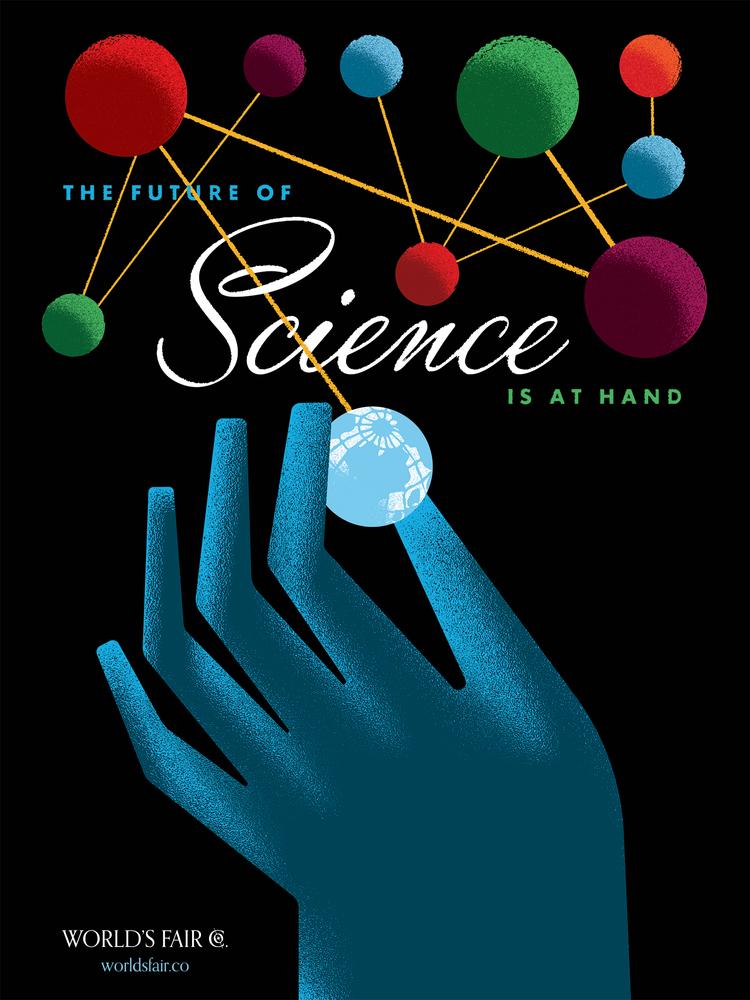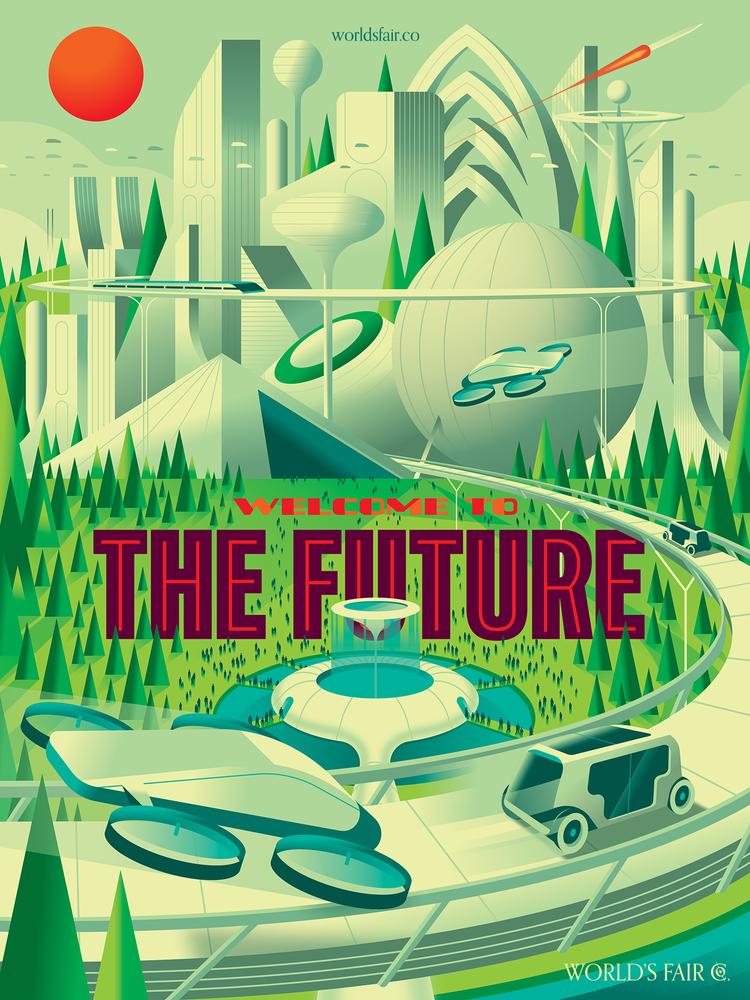About Us
World's Fair Co.
We believe that the future can be incredible for everyone — if we build it. The World's Fair Co. is a non-profit startup on a mission to inspire hope for this future by building the next great World's Fair.
The Team
The World's Fair Co. is a small, but growing project. Our team, advisors, and supporters have shipped world class products at unicorn startups, held executive roles at past World's Fairs and Expos, led creative projects at Disney, produced live experiences for millions, and led non-profits with multi-million dollar budgets.
A brief history of the World's Fairs
Since the mid-1800s, people have gathered to celebrate human achievement, culture, and innovation at the World's Fairs. These physical mega-events were the intellectual and visionary equivalent of the Olympics. They often ran for 6+ months over hundreds of acres and hosted millions of guests in cities around the world. While they've fallen out of our collective memory, the Fairs played a critical role in inspiring the future. We'd like to introduce you to some of the greats…
1851
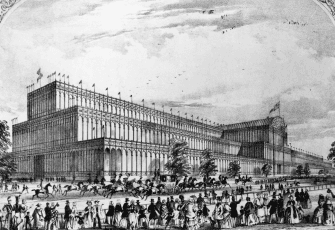
The Great Exhibition
London, United Kingdon
Also known as The Great Exhibition, the 1851 World's Fair started it all. Built to show that technology was the key to a better future, it gathered guests from all classes to witness the incredible industrial progress happening throughout Europe and the world. This Fair built the Crystal Palace, was attended by brilliant thinkers like Charles Darwin and Michael Faraday, and its profits still fund scientific research to this day.
1893
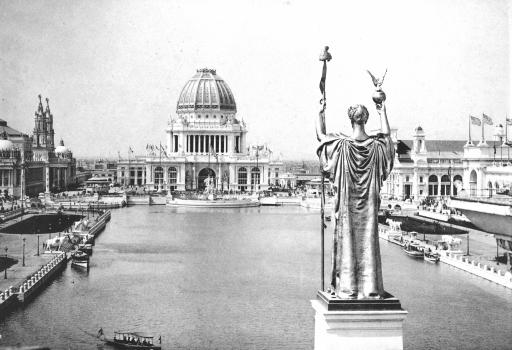
World's Columbian Exposition
Chicago, United States
Chicago's first World's Fair celebrated Columbus's arrival to the new world and showed the world the city's recovery from the Great Chicago Fire of 1871. Over 27,000,000 guests — nearly 40% of the US population — made the trip to Chicago before there were cars, planes, or highways. Guests saw a city illuminated by electricity for the first time, marveled at the architecture that would inspire the City Beautiful movement, and rode the world's first Ferris Wheel.
1904
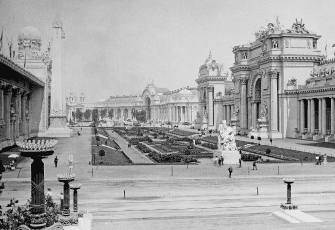
Louisiana Purchase Exposition
St. Louis, United States
The up-and-coming city of St. Louis put itself on the map with their World's Fair. Here, some of our most important innovations made their debut to the public: the x-ray, infant incubator, wireless telephone, personal automobile, and the airship.
1915
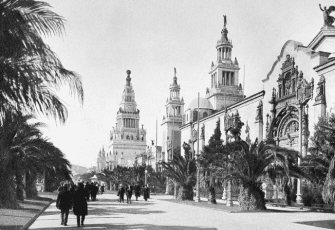
Panama–Pacific International Exposition
San Francisco, United States
San Francisco's World's Fair celebrated the opening of the Panama Canal and showcased its recovery from the great earthquake of 1906. Guests saw the Model T and its assembly line for the first time, and witnessed the first transcontinental phone call. Remnants of this Fair still exist throughout the city, like the MUNI, Civic Center, and Palace of Fine Arts.
1933
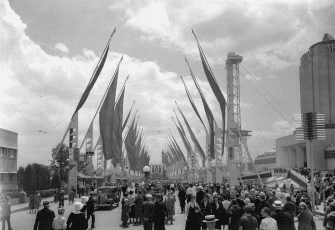
A Century of Progress Exposition
Chicago, United States
Amidst the Great Depression, Chicago hosted its second World's Fair to provide over 39,000,000 guests with a vision for a better future through science and technology. This Fair celebrated the progress made by humanity over the past 100 years, rebranded Chicago post-prohibition, and showed how the innovations of industry would continue to improve the lives of every guest.
1939
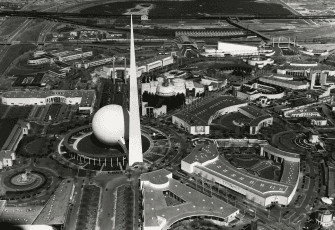
New York World's Fair
New York City, United States
The New York's World's Fair marked a turning point in the history of these events — giving people, for the first time, an imagined look at the "World of Tomorrow." It was here the late Carl Sagan fell in love with the cosmos, Einstein gave his talk on cosmic rays, broadcast television debuted, and a vision for a car-centric city was presented in GM's Futurama.
1939
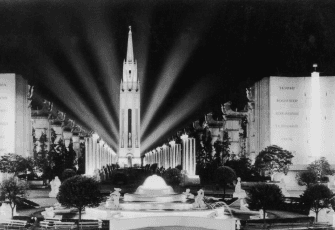
Golden Gate International Exposition
San Francisco, United States
Across the country, San Francisco hosted its second World's Fair to celebrate the opening of the Golden Gate and Oakland-Bay Bridges. This Fair built the 400-acre Treasure Island and served as another anchor of hope as the Great Depression was coming to close.
1962
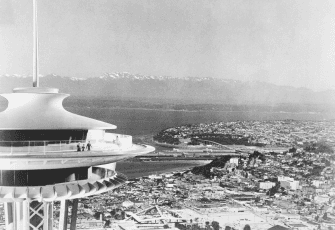
Century 21 Exposition
Seattle, United States
At the dawn of the Space Race, millions gathered in Seattle for the Century 21 Exposition — a Fair painting a vision of a space-age future. Through exhibits and experiences imagining the world of tomorrow, the Fair told the story of the future home, office, city, and world. These stories emphasized the power of science to solve the problems that divide us and improve life for everyone. The Fair also gave us another symbol of progress: the Seattle Space Needle.
1964
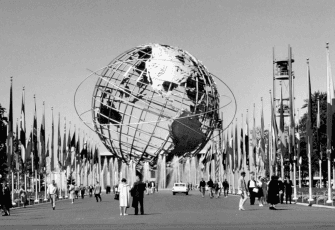
New York World's Fair
New York City, United States
The 1964 New York World's Fair, once again, served as a beacon of hope in an otherwise hopeless time. It's here the world was introduced to the Belgian Waffle (in a recreated Belgian Village, no less), the Ford Mustang, video calls, and early concepts for the personal computer. Most famously, we have this Fair to thank for Disney's Carousel of Progress, audio-animatronics, and It's a Small World.
1984
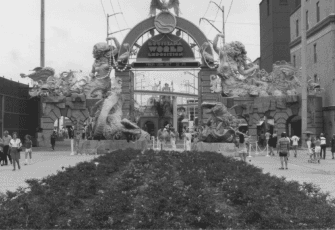
Louisiana World Exposition
New Orleans, United States
While several other Fairs have been hosted since 1964, the 1984 Louisiana World Exposition marks the last Fair in the United States. Due to the rise of television, competition from the newly opened EPCOT, and political and financial controversy, this Fair suffered from low attendance and ended in bankruptcy.
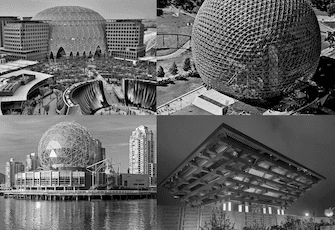
A Crisis of Identity
The failure of the 1984 Fair marked a crisis of identity for the World's Fairs. Their role as a gathering and information-sharing medium was undermined by new technologies like the television and internet, which accelerated their struggle for relevance. A version of the Fair — the International Expo — lives on in an attempt to mirror these once great events. However, rather than focusing on the future, modern expos have morphed into events aimed toward nation branding.
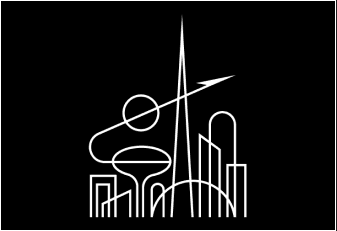
The next great World's Fair
Despite the challenges to the Fairs of the last 40 years, it's clear that now, more than ever, we need to come together and imagine a future worth building. It's this role that made great Fairs so magical, and what the expos and the technologies that made Fairs irrelevant have failed to recreate. We're setting out to change this by not only reviving the World's Fair, but by reimagining it for the modern era. In doing so, we'll see how far we can go if we dream big and go together.
